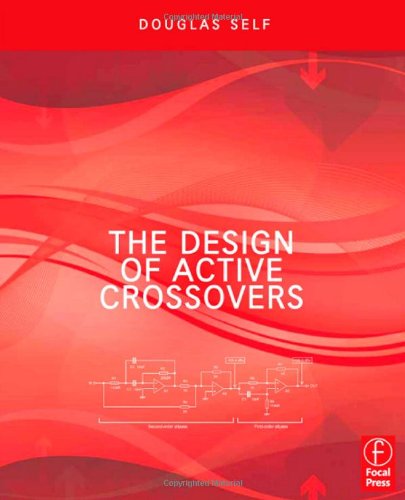The Design of Active Crossovers pdf
Par swanson amanda le vendredi, septembre 2 2016, 01:11 - Lien permanent
The Design of Active Crossovers by Douglas Self


Download eBook
The Design of Active Crossovers Douglas Self ebook
Publisher: Focal Press
Format: pdf
Page: 605
ISBN: 0240817389, 9780240817385
As I understand it, having an "active crossover" implies that the crossover is happening *before* the amping step. Isn't this technically no longer an active crossover design? I would like to just pop the question first, I run a fairly high performance audio system in my home and would like to switch over from passive. Some simple SPICE equivalent assessments can be conducted. The Design of Active Crossovers F..al Pr | 2011-07-08 | ISBN: 0240817389 | 608 pages | PDF | 10,9 MB The Design of Active Crossovers F..al Pr | 2011-07-08 | ISBN: 0240817389 | 608 pag. These articles introduce a systematic approach to the design of very low distortion push-pull output stage for audio power amplifiers. Improving high-end active speaker performance using digital active crossover filters. This is only semantics, but I am still curious. His rigorous, skeptical, and thoroughly practical approach to design has been applied to the small signal area as well, and some of the results can be found in his recent book, The Design of Active Crossovers. I am thinking about using a 2 way active crossover in my current 3 way speaker design. Active crossover design and auditioning, also with capabilities to program a DCX2496. Alright everyone, I've decided that I want to spend some extra money and run my system (tweets, midbass, subwoofer) active. The active crossover would be between the woofer and Midrange/Tweeter. A digital active crossover like the miniDSP makes design a lot easier, because you can play around with the delays and acoustic response easily and measurably. Continuous enhancements with consideration of user feedback. The mid and tweeter would use a passive XO.